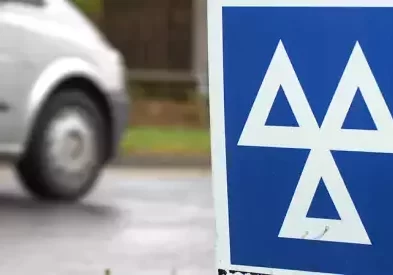Insight

Is 2014 the year of the electric car?
Electric vehicles – in their short lives as part of the mainstream automotive scene they’ve not exactly enjoyed the best PR. Expensive, often weird-looking and hobbled by limited range, lengthy charging times and scant opportunities to plug them in, many motorists have given them one look and quickly turned their attention back to the comforting familiarity of conventional cars.
However, signs are that the picture could be changing. Recent figures show that UK registrations of alternative fuel vehicles surged by 25 per cent in January 2014 compared to the same month in 2013, with electric vehicles (EV) claiming the lion’s share. The overall new car market grew by just 7.6 per cent in the same period.
Individual cases are eye-opening – with 230 sales this January, the Nissan Leaf recorded a 1,000 per cent year-on-year sales improvement and accounted for three quarters of all pure electric vehicle sales. The Leaf was also Norway’s outright best-selling car in January. 650 examples found new homes, compared to 465 VW Golfs. Outselling Europe’s favourite family hatch – now that’s marketing to be proud of!
As more and more new electric vehicles enter the marketplace, research firm IHS predicts that global electric car production will grow by 67 per cent in 2014. As greater numbers of manufacturers join the electric party, economies of scale should see historically steep prices start to ease, potentially making electric more attractive to consumers.
Lower prices might not be the only thing attracting more motorists to the electric car. With the recent launch of BMW’s i3 – and the critical acclaim lavished on it by the delighted automotive media – and the forthcoming i8 sports car, EVs might finally be shedding their slightly geeky, worthy image. Indeed, these models and others like the Tesla S could be in danger of making the electric car cool and aspirational.
Another sure sign of the increasing general awareness and acceptance of electric vehicles are tabloid-style press stories about new phenomena like ‘charge rage’ and ‘plug squatting’. These generally involve the furore surrounding incidents of people returning to a car they’d left on charge only to find that someone has unplugged it and hooked the cable up to another car, or non-EV drivers parking in EV spaces.
The technology of charging is improving, as well. While free public plug-in points remain fairly slow and don’t dispel the spectre of range anxiety, delivering only tens of miles worth of charge per hour, Tesla has developed a proprietary system for its own car that it claims can charge at a rate of up to 370 miles per hour.
However, maybe the ultimate indication that 2014 truly is shaping up to be the year of the electric car can be found at those public charging points. In both the UK and USA, plans are afoot to make EV drivers pay to use them. And that’s a mixed PR blessing. Owners are certainly unlikely to be happy, but you can be confident that introducing payment is a sign that EV uptake is reaching a critical mass and reaching a point of commercial success.
If your automotive business needs a bit of extra public relations charge to get it to its desired destination, please contact us at Red Marlin.



